17th July 2010. Written by Xin Li.
The Nishi Hongan-ji is conveniently located just one street away from Yasumoto Ryokan. This grand structure with many years of history and an equally impressive architecture to match it is the headquarters of the Hongan-ji School of the Jodo-Shin Sect (True Pure Land Sec) of Buddhism. As you dwell in Japan longer you will realize there are a lot of Buddhist Sects in Japan.
The Nishi-Hongan-ji Temple 西本願寺 (built 1272 onward) was found by the sect’s organizer, Shinran’s daughter in 1272 AD. Today is considered one of the finest examples of the Momoyama style architecture in Kyoto.
The temple was originally known as the Hongan-ji Temple until a schism occurred within the sect thanks to some politicking and scheming on the part of the well known Shogun Tokugawa Ieyasu in 1602.
Shogun Tokugawa Ieyasu was the first shogun of the Tokugawa Shogunate whose decision to rule from Edo (present day Tokyo) marked the beginning of the Edo Period. The Edo Period is perhaps most well-known for its sakoku policy adopted by the Tokugawa rulers that isolated Japan from the rest of the world until the mid-1800s.
The Jodo-shin Sect, also known as the Pure Land Sect sets itself apart from the Zen Buddhists of Kyoto’s mountain temple with its doctrine that salvation is possible by chanting “praise to the Amida Buddha” in a wholly sincere manner. The simplicity of this doctrine attracted a huge following among the masses since the 13th century.
The Pure Land faith became so strong in the 17th century that it threatened the rule of Shogun Tokugawa Ieyasu. And so, the usual power struggle and politics resulted in the shogun’s attempt to aggravate a doctrinal split in the Pure Land faith by donating land for the Higashi Honmaru Temple (present day Higashi Hongan-ji) in 1602 which has a different take of the sect’s doctrine. Needless to say, a split occurred and Tokugawa Ieyasu was successful.
The split resulted in two temples, the temple that Shogun Tokugawa Ieyasu encouraged to build and resulted in the split became the Higashi Hongan-ji, the “Eastern Temple of the Original Vow” and unsurprisingly, the original, located in the west became Nishi Hongan-ji, the “Western Temple of the Original Vow”.
Stepping in Nishi Hongan-ji temple in the early morning gave me the chance to visit the temple with a relatively small tourist crowd (which already started the moment the doors opened). Beyond the crowd, there was grandeur. If there is one thing that sets Nishi Hongan-ji apart from its eastern counterpart (superficially), it is the grandeur that Nishi Hongan-ji has, gold can be found on their gates, lanterns, halls and tiny decorations on the doors or walls. The main hall, the Goeido of Nishi Hongan-ji Temple is a must see.
If there is something in Kyoto that left me deeply impressed even till my last day there. It was their workmanship in wood. They are the Japanese version of the Gothic friezes in Europe. The wood carvings were very intricate, refined and beautiful and what I like is the application of the of wood texture in the overall design. It is simply brilliant.
The Higashi Hongan-ji 東本願寺 (built 1602, rebuilt 1895 onward) may not be as grand as its western counterpart, but that doesn’t mean one can dismiss this temple entirely during a tour of Kyoto.
The temple boasts one of the largest wooden structures in Kyoto, they definitely have scale for a start. No glittering gold leaf but the carvings, the decorations and the structure still carry some charm that makes it worth visiting.
Unfortunately, visitors to the Higashi Hongan-ji temple from now till 2011 may be greeted by a huge white and perhaps anachronistic structure in the temple grounds. Fear not, it is just part of the renovation works on the Amida Hall of the temple.
The Shosei-en Garden is located just across Higashi Hongan-ji, the garden also related to the Hongan-ji Temple before the split serves as a detached temple residence of Higashi Hongan-ji today. The bad news is, it closes very early (1530 Hours) and it would cost you 500 yen unlike the two temples which are free of charge.
If you are looking for souvenirs, temples and shrines normally have a shop that sells amulets, postcards and other trinkets of the temples. An amulet normally cost about 300 to 800 yen, most of it priced at 500 yen covering all kinds of wishes from wealth to general success.
The Higashi Hongan-ji is located along the Karasuma-dori, it is just a short roughly 5 minutes or less walk away from Kyoto Train Station and Subway exit which is just next to the temple. Very convenient for a short-sightseeing trip and free admission!
References:
Oriental Architecture:
http://www.orientalarchitecture.com/japan/kyoto/nishi.php
http://www.orientalarchitecture.com/japan/kyoto/higashi.php
Japan Travel Guide:
http://www.japan-guide.com/e/e3920.html
Subscribe to:
Post Comments (Atom)

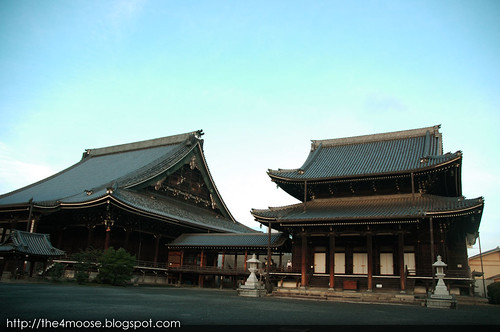
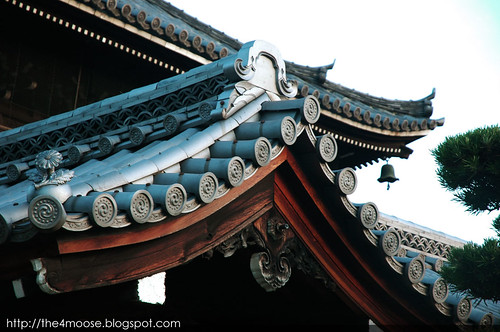
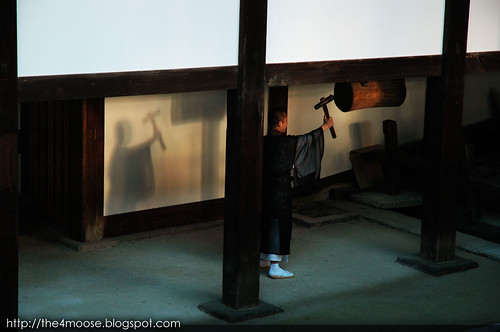
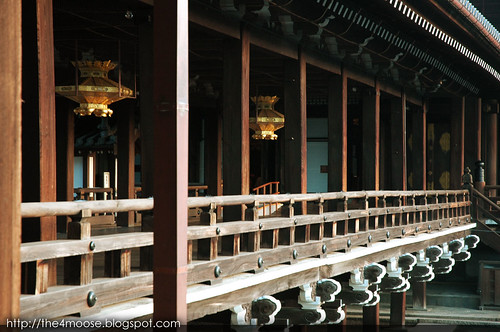
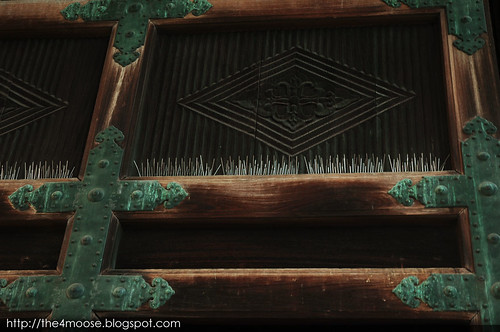
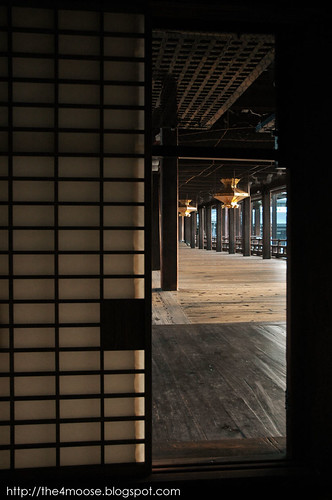
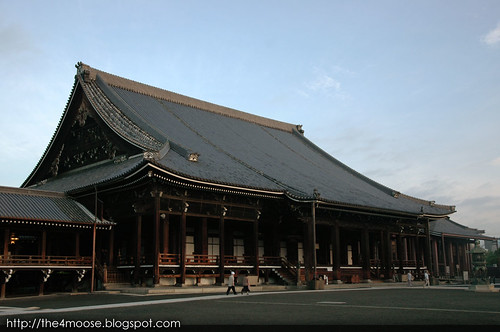
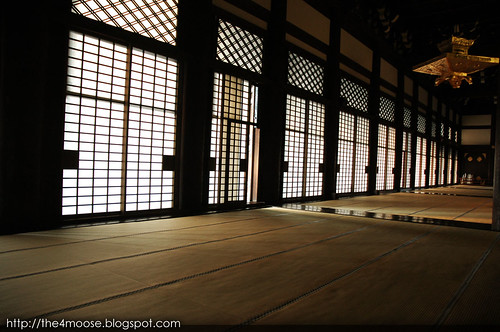
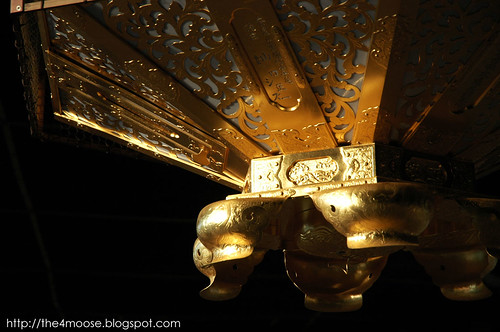
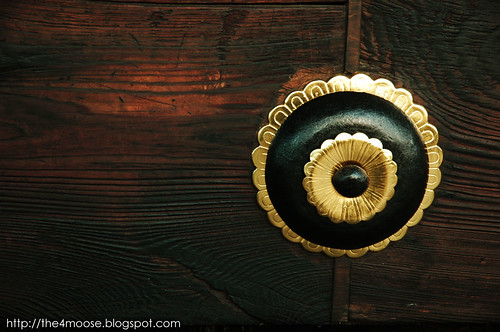
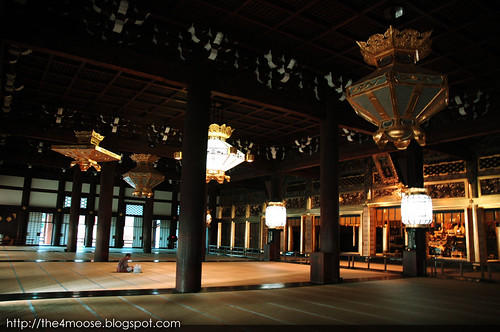
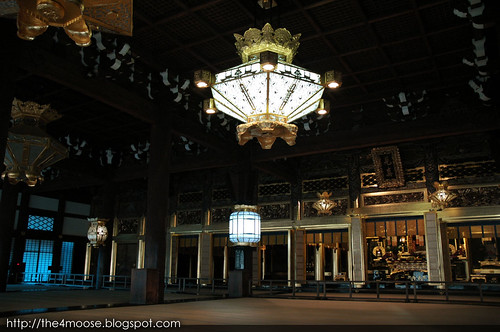
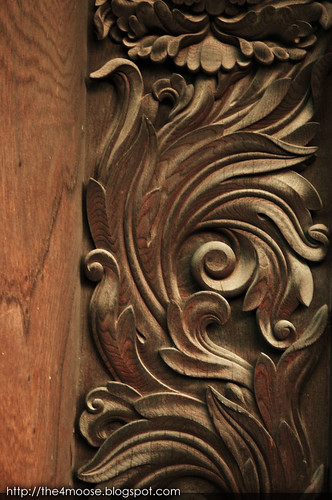
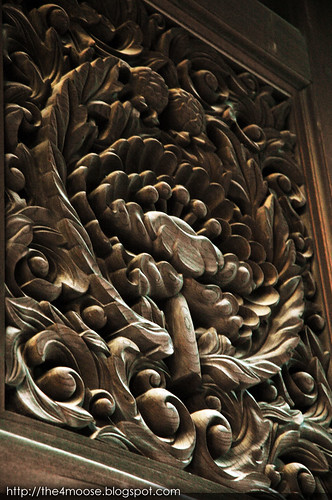
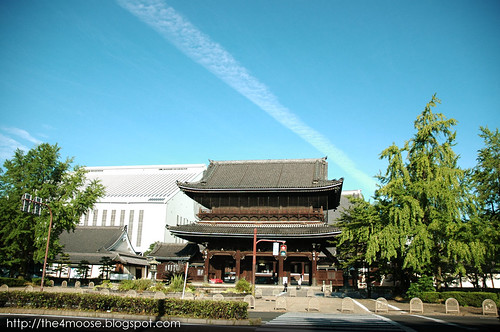

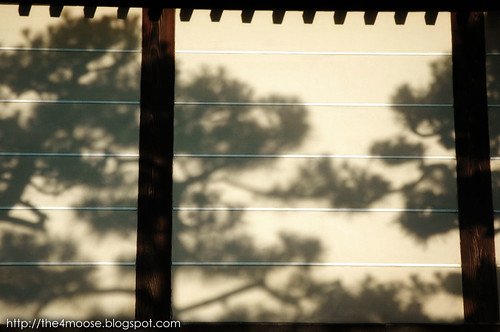
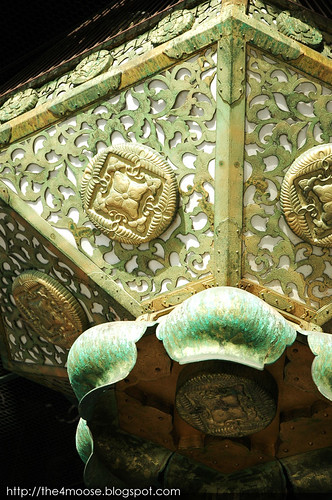
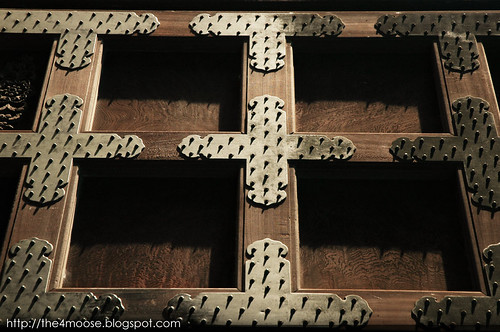
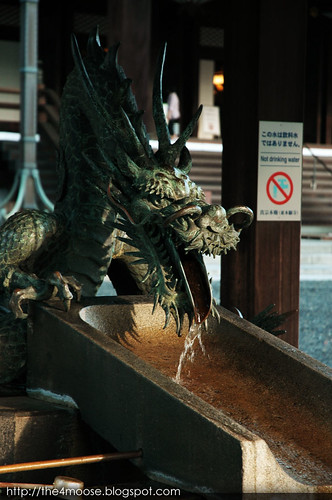
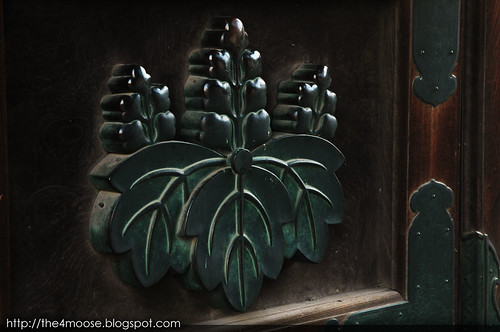
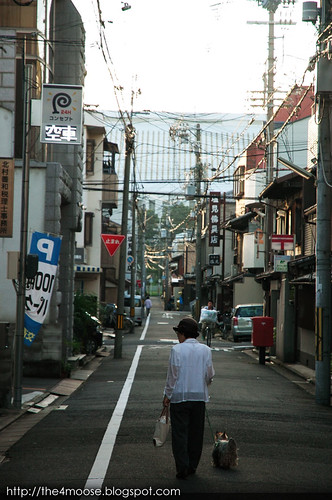
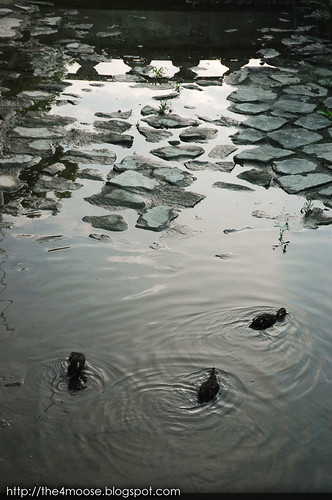














0 comments:
Post a Comment
Note: Only a member of this blog may post a comment.